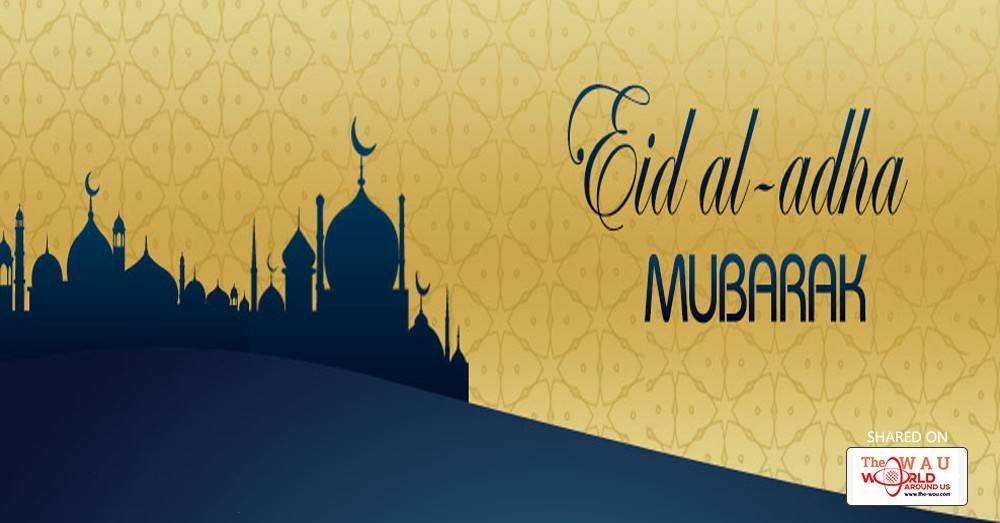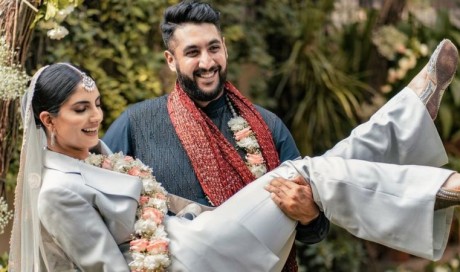August 31st is the start of a favorable week for more than a billion Muslims around the world as they start preparing for the yearly Eid al-Adha festival which commences as Hajj comes to an end.
The festival comes after Ramadan, which is celebrated in the summer. The days’ activities begin with Muslims going to the Mosque in the morning to offer prayers, which is usually then followed by family gatherings or gifts being exchanged.
The festival is also known as the Feast of Sacrifice or the Greater Eid and it honors the obedience of Prophet Ibrahim to sacrifice his son, Ismail, as an act of yielding to God’s command.
According to the Islamic lunar calendar, Eid Al Adha is celebrated on the 10th day of the 12th month and continues on for four days until the 13th day. The correct date and timing vary depending on the position of the moon at the start of the Islamic calendar month which is known as Dhu’l-Hijjah.
On the morning of Eid al-Adha, Muslims attend prayers in the morning and usually take another route back home which follows the example of Prophet Muhammad.
As a festival of celebration, both men and women often wear new clothes. It is a tradition to gift and also be gifted new clothes in return and families usually exchange money or gifts which are followed by a traditional feast.
Sacrifice is an important tradition during Eid al-Adha. Some families even buy, raise and slaughter their own animal, and it has to be done humanely. Islam also states that the animal must be in good health and must be an adult during the time of sacrifice.
The Qurbani meat is divided among the household, relatives or friends, and poor people in three equal parts. A traditional meal is prepared with this sacrifice. The meat can be distributed to anyone, even if they’re non-Muslims.
A traditional feast usually consists of Indian rice pudding and desserts such as Turkish baklava and other cakes and biscuits.
Share This Post















